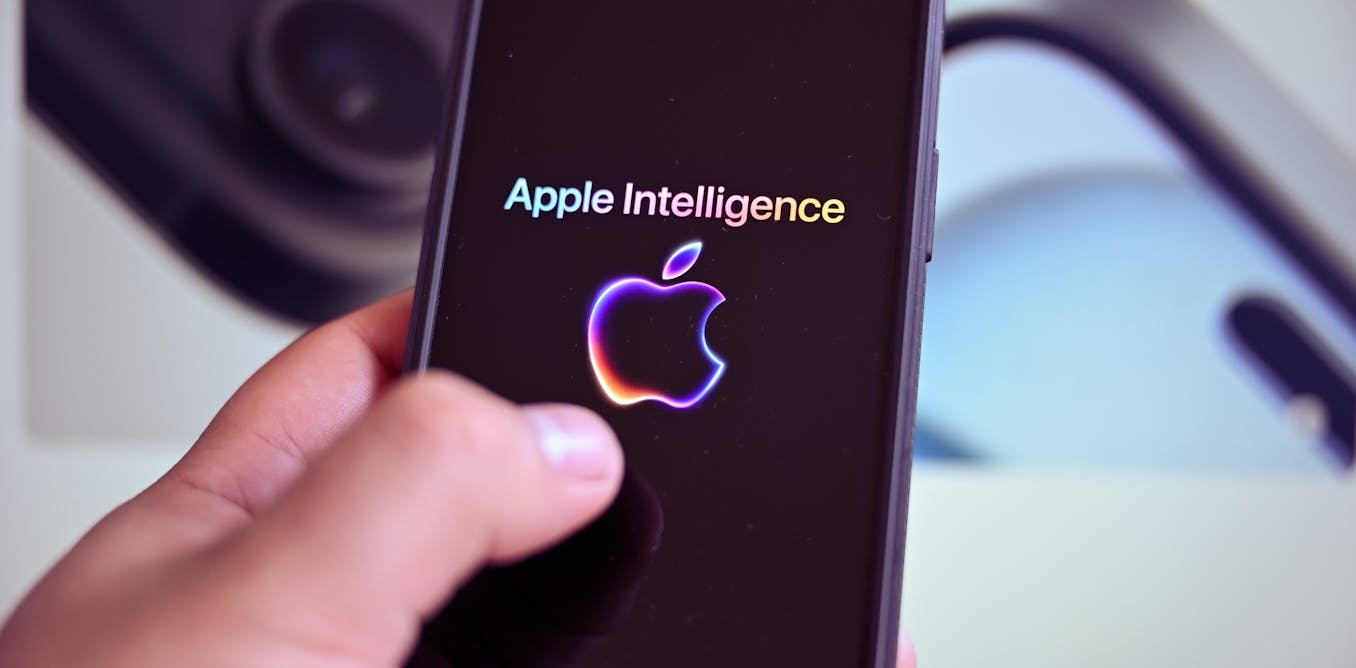When Apple’s version of AI, branded as Apple Intelligence, rolls out in October to folks with the company’s latest hardware, the response is likely to be a mix of delight and disappointment.
The AI capabilities on their way to Apple’s walled-garden will bring helpful new features, such as textual summaries in email, Messages and Safari; image creation; and a more context-aware version of Siri.
But as Apple Intelligence’s beta testing has already made clear, the power of these features falls well below what is on offer from major players like OpenAI, Google and Meta. Apple AI won’t come close to the quality of document summary, image or audio generation easily accessed from any of the frontier models.
But Apple Intelligence will do something none of the flagship offerings can do: change perceptions of AI and its role in ordinary life for a large portion of users around the world.
The real impact of Apple AI won’t be practical but moral. It will normalize AI, make it seem less foreign or complex. It will de-associate AI from the idea of cheating or cutting corners. It will help a critical mass of users cross a threshold of doubt or mystification about AI to forge a level of comfort and acceptance of it, even a degree of reliance.
Overcoming early doubts
Generative AI has faced two problems since ChatGPT was unveiled in 2022. Many have wondered what it’s really for or whether it’s truly useful, given hallucinations and other issues that are rooted in training data. Others have doubted the ethics of using AI, seeing it as a form of cheating or copyright infringement.
But as we have learned in recent months, language models are most effective when they work on our own documents and data, as with platforms like NotebookLM or GPT4o, which can now handle upwards of 50 to 100 books’ worth of material we upload.
(AP Photo/Ted Shaffrey)
The output of the prompts we run — in the form of article or lecture summaries, reports, slide decks and even podcasts — is much more accurate and useful than what came out of earlier chatbots. Apple Intelligence capitalizes on this insight by pointing most of its AI functionality at user data, rather than data on the web.
Domesticating AI
With Apple Intelligence working mainly on our own data, much of its output will likely mirror the higher quality of output we’re seeing with tools like NotebookLM — compared to AI that works mainly on large bodies of anonymous training data, like ChatGPT in its early days.
Having AI work mostly on user data — and doing it frequently — will forge a new association in people’s minds between generative AI and personal information, rather than miscellaneous training data. It will likely cause us to see AI as something integral to our personal routines, like reading email or the morning news.
This, in turn, will make using more powerful tools like GPT4o or Claude more socially and ethically acceptable. Once we’re in the habit of using AI to summarize or edit our email, condense articles on the web into pithy summaries or edit images in Photos, we’ll think less about the propriety of using NotebookLM to prepare a first draft of a memo or report, or using Dall-E to create images.
‘AI for the rest of us’
Apple has a long history of making complex technologies more accessible to everyday users, and that is their goal for AI.
When word processors first appeared in the late 1970s and early 1980s, there was similar uncertainty about the propriety of using them to help us write things — a belief that something authentic or human about writing by hand would be lost.
Read more:
Think tech killed penmanship? Messy handwriting was a problem centuries before smartphones
For many, computers themselves were too daunting to embrace. But Apple’s Macintosh personal computer helped domesticate and normalize using computers to write with its graphic user interface and WYSIWYG feature (“what you see is what you get”). Eventually, writing would become so closely associated with word processing that we find it hard to imagine the one without the other.

(AP Photo)
Apple Intelligence could do for generative AI what the Mac or graphic user interface did for personal computers: help tame it, and make it seem ordinary and acceptable. Apple’s marketing team hints at this in their tagline for Apple Intelligence, “AI for the rest of us.”
If history is any guide, Apple will play a key role in changing how we think about AI. Doing many of our basic tasks without it may soon seem unthinkable.

The post “Apple Intelligence will help AI become as commonplace as word processing” by Robert Diab, Professor, Faculty of Law, Thompson Rivers University was published on 10/21/2024 by theconversation.com

































Leave a Reply